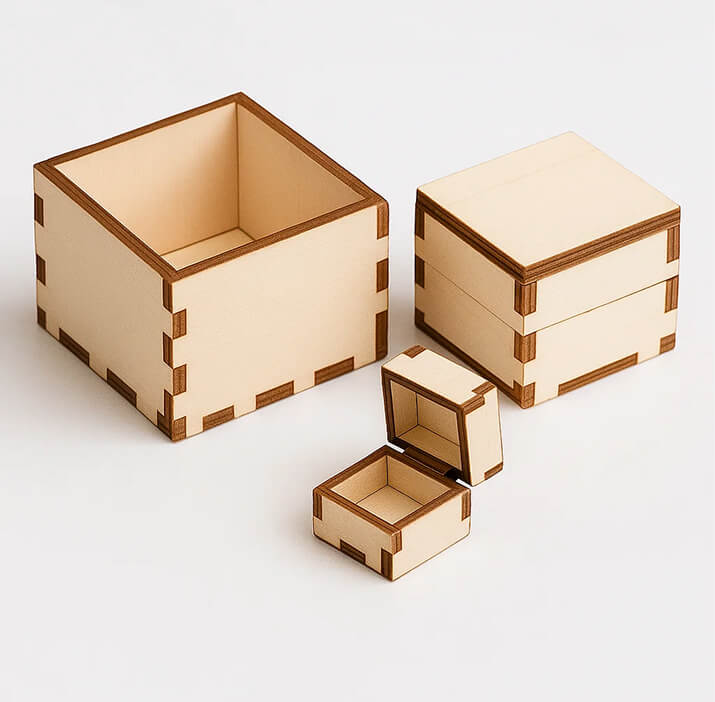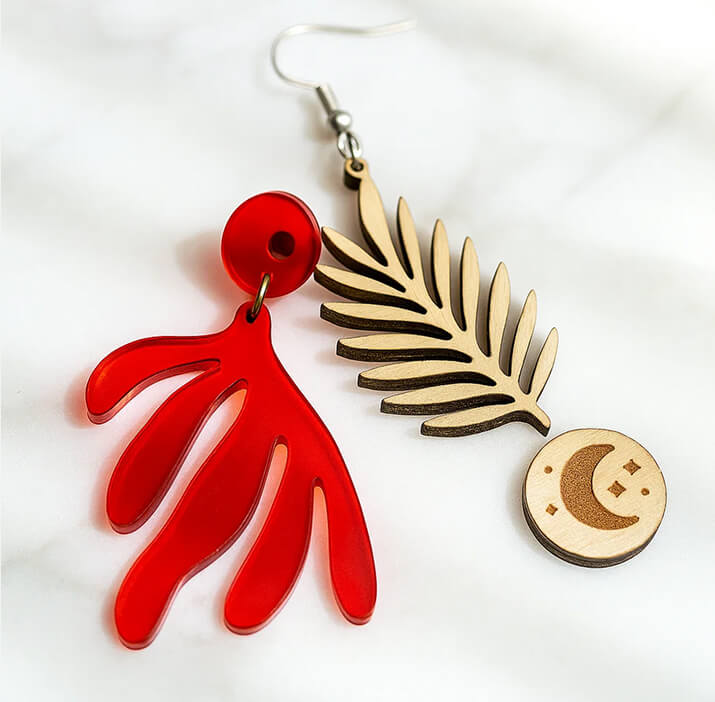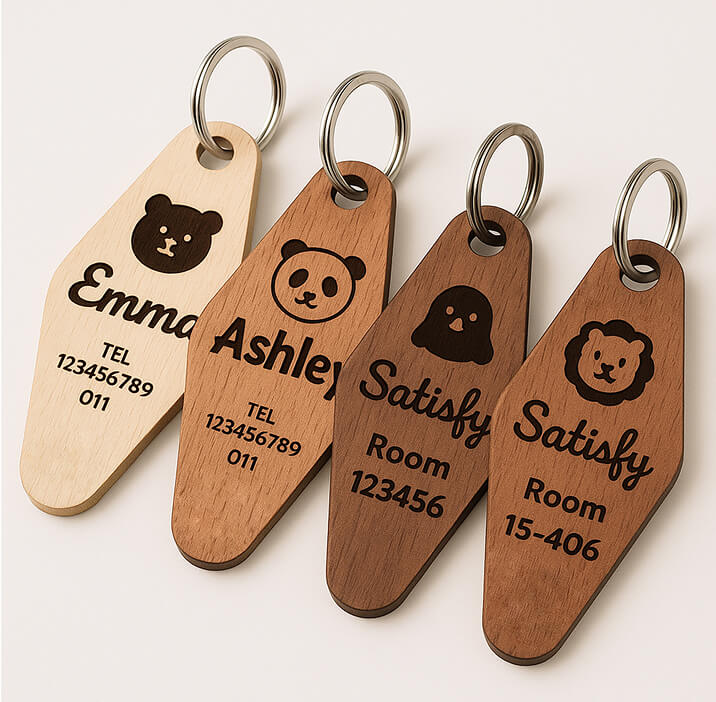![[Laser cut and engrave] Laser Cut Spider-Man Happy Birthday Cake Topper](https://storage-us.atomm.com/resource/xtool/community/attachment/xtool-community/b63dc44e-a53b-4980-8205-aa10f218e278.png?x-oss-process=image/resize,w_1200,h_900,limit_0/interlace,1/format,webp/auto-orient,1)
Laser Cut Spider-Man Battling Doc Oc Happy Birthday Cake Topper


Information
Make the Spiderman and Doc Oc fan in your life happy for their birthday.
Instruction
Step1
Crafting a Custom Acrylic Cake Topper: A Step-by-Step Guide
This guide outlines the process of fabricating a personalized cake topper from acrylic sheet using a laser cutter. Achieving a pristine finish requires careful attention to material selection and preparation, as well as precise machine calibration.
Essential Components & Apparatus:
- Acrylic Sheet: Opt for 3mm cast acrylic. Its inherent properties facilitate a superior cut edge compared to extruded alternatives.
- Laser Cutting Machine: A CO2 laser system is the preferred tool for intricate acrylic work.
- Surface Protection: Green painter's tape or a specialized paper-based laser masking film.
- Design Blueprint: Your vector graphic for the "Spiderman" cake topper.
- Elevating Supports: Small, uniform blocks (e.g., acrylic offcuts, wood blocks) to raise the acrylic.
- Cleaning Agents: A soft microfiber cloth and a gentle dish soap solution.
Phase 1: Material Preparation
Thorough preparation of the acrylic sheet is paramount for an unblemished outcome.
- Disrobe Protective Films: Acrylic sheets typically arrive with a thin plastic covering on both surfaces to prevent damage. Carefully remove these films. While some suggest leaving the underside film for bed protection, removing both and applying your own masking often yields a cleaner cut.
- Pre-Cleaning: Post-film removal, gently wipe both sides of the acrylic with a microfiber cloth to eliminate any dust or particulate matter.
- Masking Application: To shield the acrylic from smoke residue and scorch marks during the laser process, apply a layer of green painter's tape or dedicated laser masking film to both the top and bottom surfaces. Ensure the tape is smoothly applied, devoid of air bubbles or overlaps, as these can compromise cut quality. Some artisans have also reported success using a thin coat of dish soap as an alternative masking agent.
Phase 2: Laser Cutter Configuration
Accurate laser cutter setup is critical for achieving clean and precise cuts.
- Elevate the Workpiece: To mitigate "flashback" (minor indentations on the acrylic's underside caused by laser reflection from the honeycomb bed), elevate the sheet by approximately 3mm. This can be accomplished by positioning uniform spacers, such as 3mm acrylic scraps, beneath each corner of the material.
- Laser Focusing: Calibrate the laser's focal point precisely onto the acrylic surface. Correct focus is indispensable for a consistent and sharp cut.
- Air Assist Optimization: If your laser system features an air assist function, verify its proper operation. Air assist helps to purge debris and fumes, preventing flare-ups and contributing to a cleaner cut edge.
Phase 3: Executing the "Spiderman" Topper Cut
You are now ready to engrave your "Spiderman" design.
- Reverse Cutting Technique: For optimal results, particularly with mirrored acrylic, it's advisable to mirror your design within the software and cut from the reverse side of the acrylic. This method generally produces the most immaculate front-facing surface.
- Laser Parameters: The ideal power and speed settings are contingent upon your specific laser cutter and its wattage. As a preliminary guideline, lower power and slower speed settings typically result in a smoother, "flame-polished" edge. It is strongly recommended to conduct a small test cut on a scrap piece of identical acrylic to fine-tune the optimal settings prior to cutting your final design.
Phase 4: Concluding Refinements
Upon completion of the laser cutting, a few final steps will prepare your cake topper for display.
- Masking Removal: Carefully peel away the painter's tape or masking from both faces of your cake topper. A plastic razor blade can be useful for lifting the tape edges without marring the acrylic.
- Final Cleaning: After removing the masking, some residue or fingerprints may remain. Clean the acrylic using a soft microfiber cloth and a small quantity of mild dish soap. Crucial Note: Eschew alcohol-based cleaners, as they can induce cracking in the acrylic.
- Quality Assurance: Perform a final visual inspection of your cake topper to confirm the absence of any imperfections.










